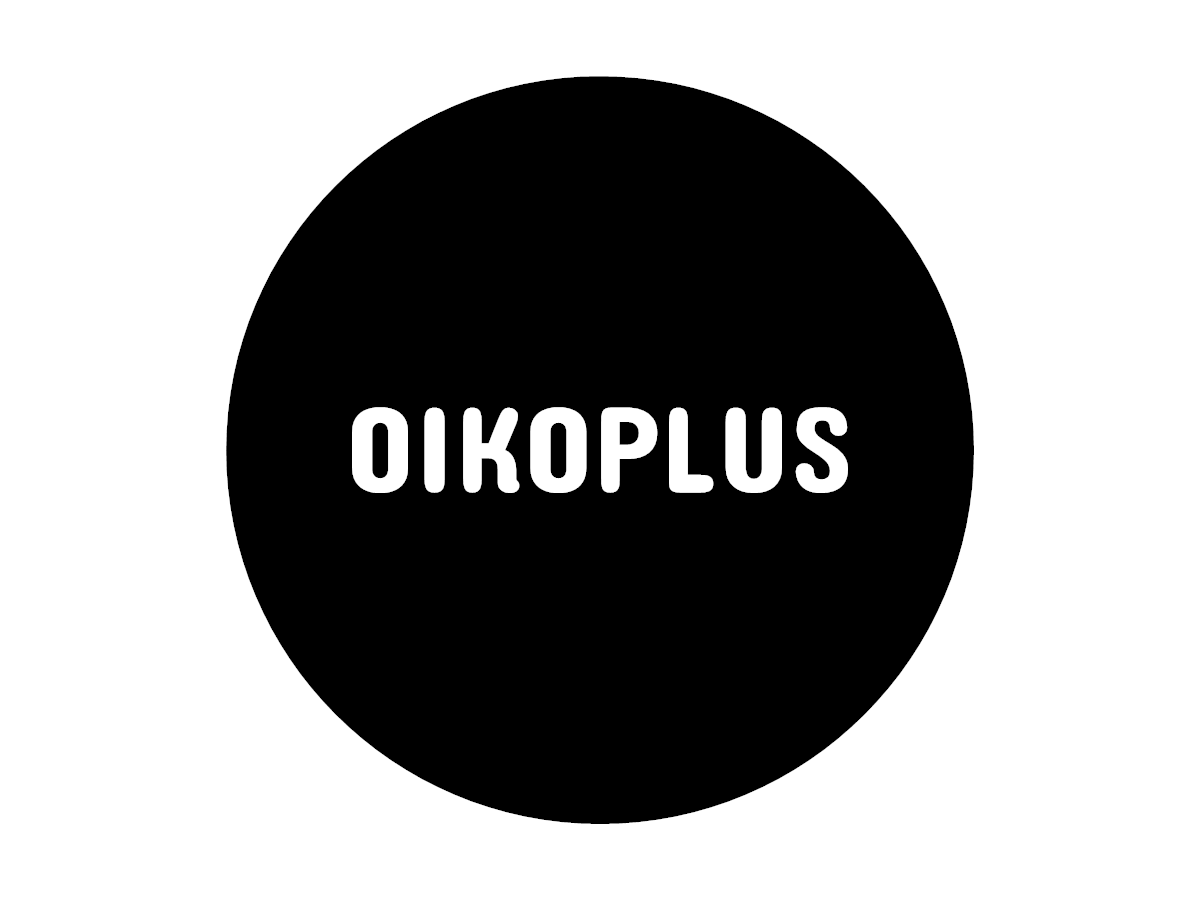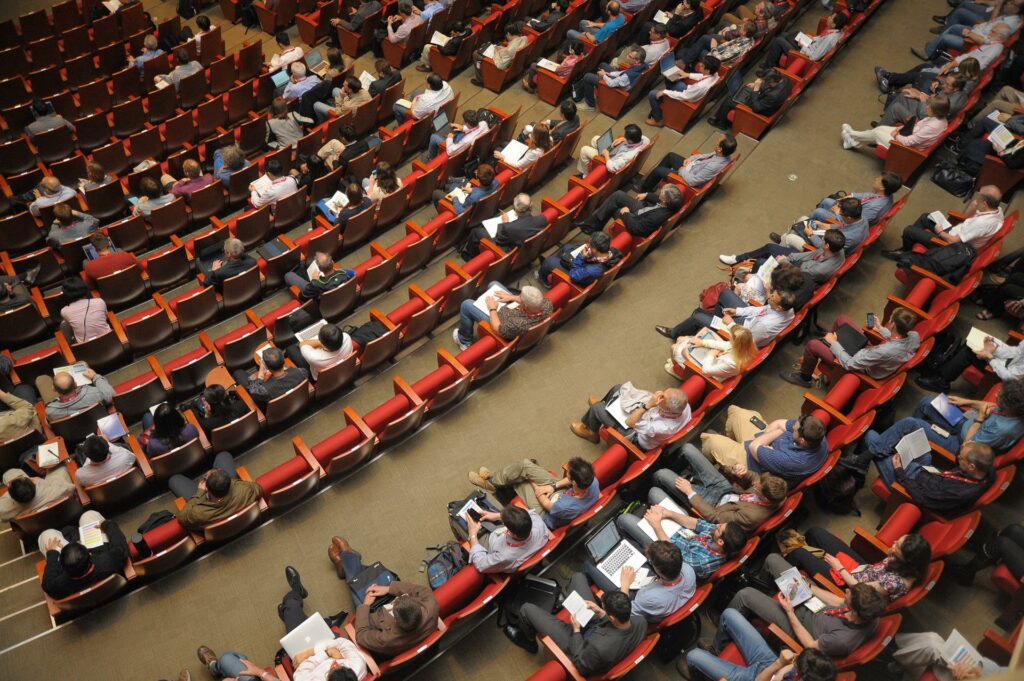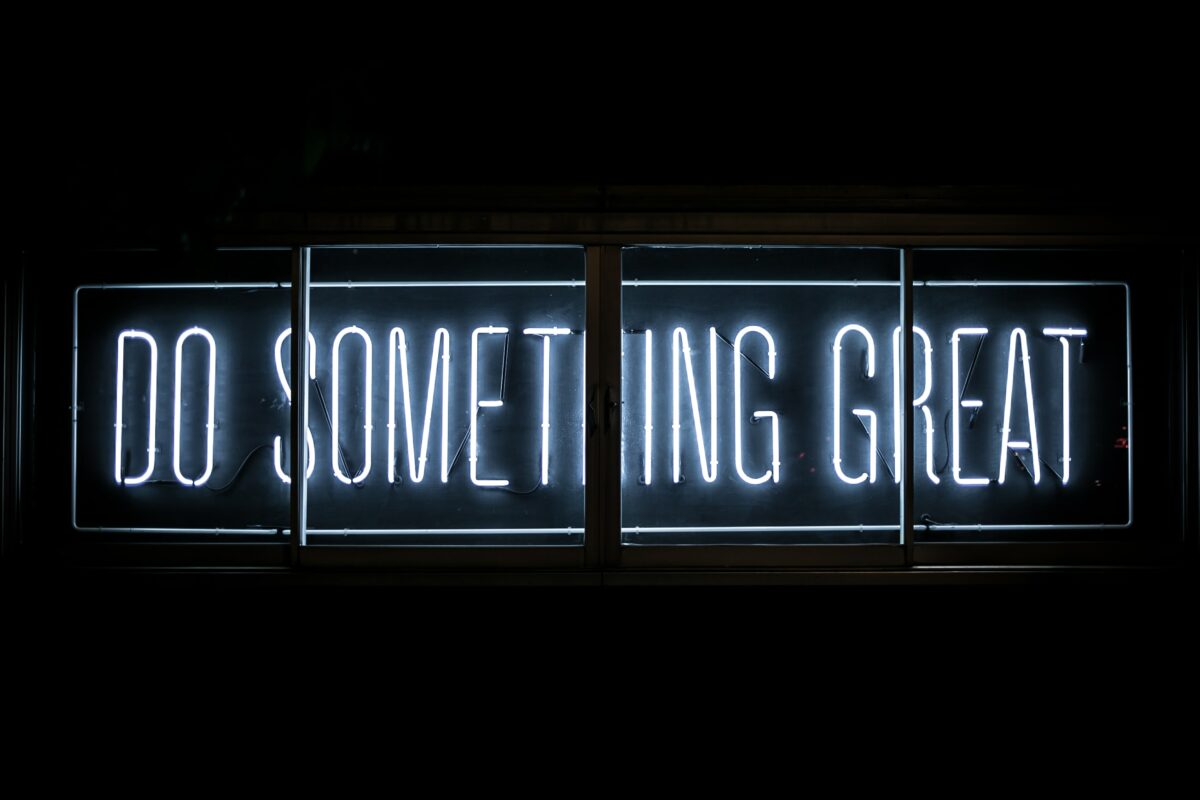This Reading List is a little different. All text passages in italics were formulated by an AI named Neuroflash and later translated via Deepl.com. Reading tips and some personal thoughts of the curator appear in the last paragraph.
AI in Science Communication
Scientific articles are often dull and difficult to understand. But that doesn’t have to be the case! Thanks to new technologies, such as AI-based software, also scientists can write their articles in an interesting and easy-to-understand way.
In recent years, the role of AI in science has become increasingly clear. Its ability to analyze and process large amounts of data helps researchers understand and process complex topics. While AI is not yet perfect, it has the potential to make lasting improvements to science communication – especially in terms of efficiency and quality. Nevertheless, it is important to know the limits of the technology and not to trust it blindly. Only in this way can we ensure that AI actually supports us and does not replace us.

Examples of the Application of AI in Science Communication
In the communication of science, i.e. in the writing down of processes and results, AI already supports researchers in literature research or in the preparation of abstracts and summaries. AI can also help with the writing of scientific articles. However, it does not take over the complete work but supports the scientist in the research and the structure of the argument. It is important to keep control! The AI formulates self-criticism: for example, that it cannot convey emotions.
Bottom line: Free your Brain – with AI!
With this contribution already, it is clear that AI will soon play an important role in science communication. By using AI-based systems, scientists can publish their research faster and more effectively. Most importantly, AI enables scientists as well as journalists to write interesting and easy-to-understand texts. If we are to believe AI’s self-assessment, it will soon make a significant contribution to ensuring that the science we produce is read and understood by as many people as possible.

Reading Suggestions and Remarks from a Human Being
The AI appears self-confident. And it has every reason to be. In “Tortured Phrases,” Guillaume Cabanac et al. address the increase in AI-generated texts in science, questioning the integrity of the researchers. Less biased, Yolanda Gil asks in the article published in AI Magazine whether AI will soon be able to formulate scientific texts. Her answer: yes – and sooner rather than later. The resulting challenges and mandates for scientists themselves are detailed by Mico Tatalovic in his paper “AI writing bots are about to revolutionize science journalism” for the Journal for Science Communication.
How does it feel to have the Reading List written? It was important to me to intervene as little as possible in the text proposal. While this is less obvious in English, this can be seen in the gender-specific language of the German version. But also in the confidence that the AI brings to the table. How biased is an AI that writes about itself? A lot of it I wouldn’t phrase that way; I’d tone it down. Or be more specific. These are the formulations from which you can guess an AI. Not a flippant formulation, but not a very specific one either. Daring is the imperative, it seems. Don’t worry. In the future, we will write ourselves again.

















